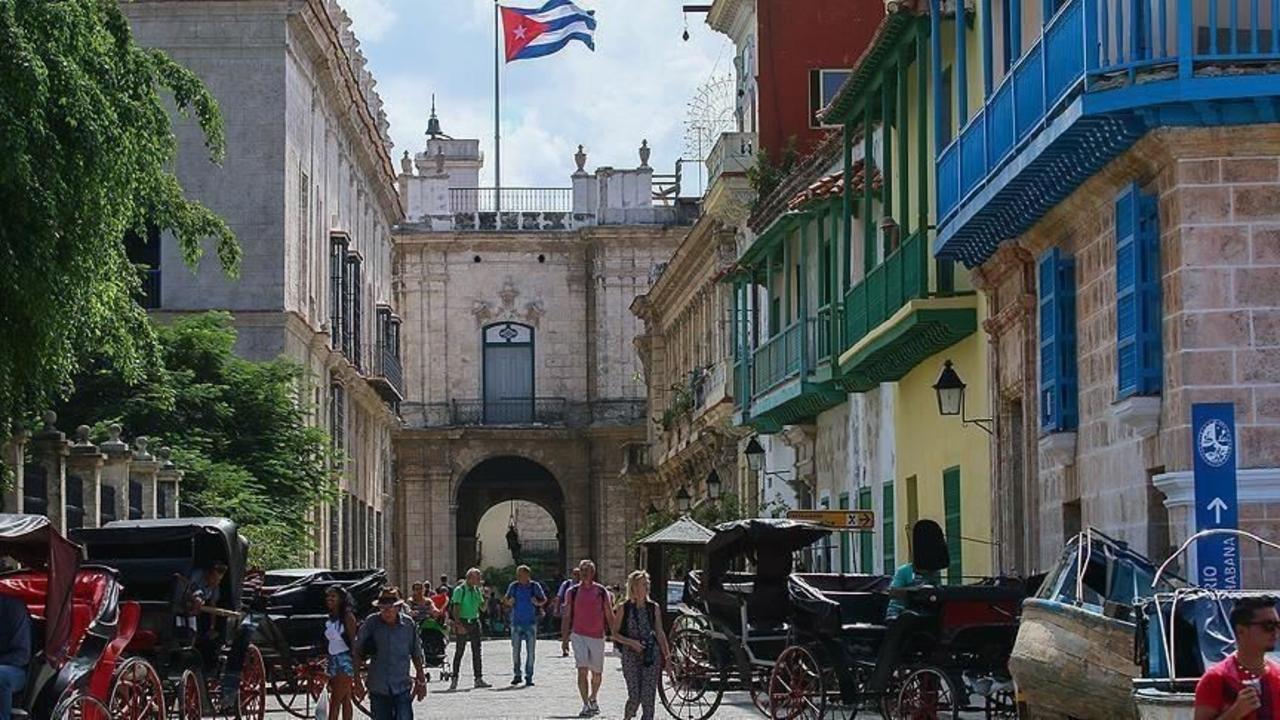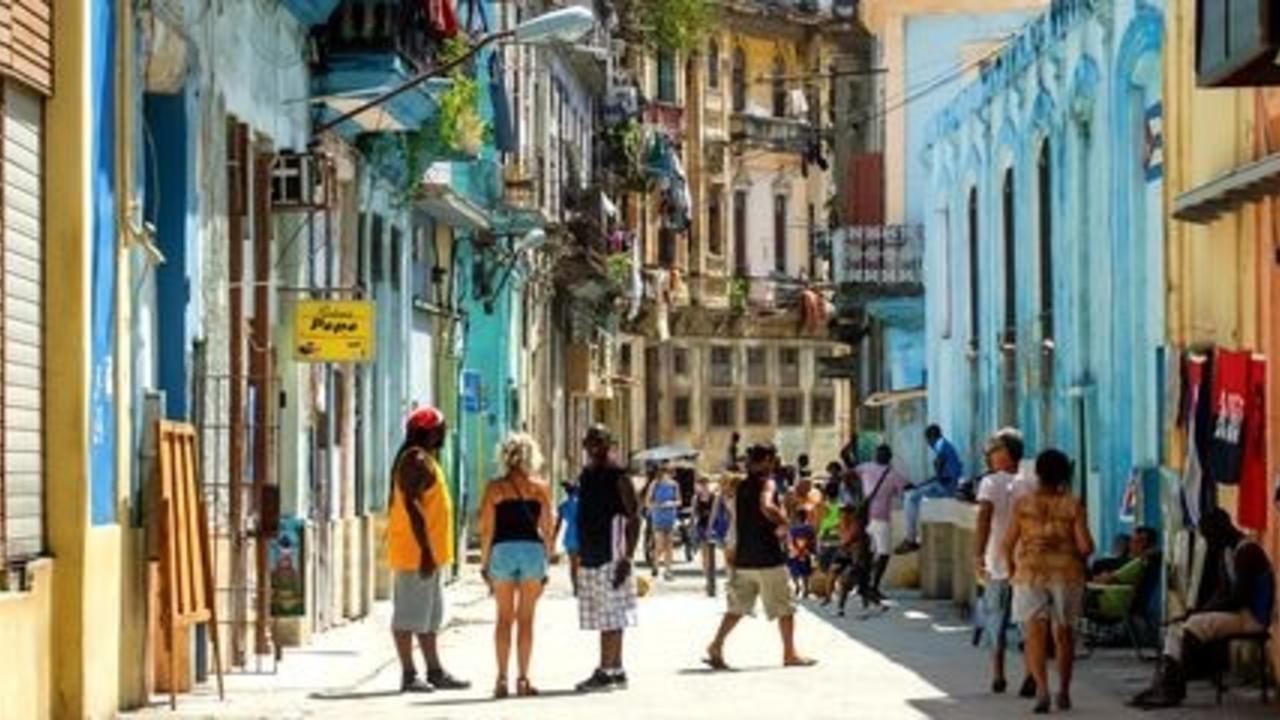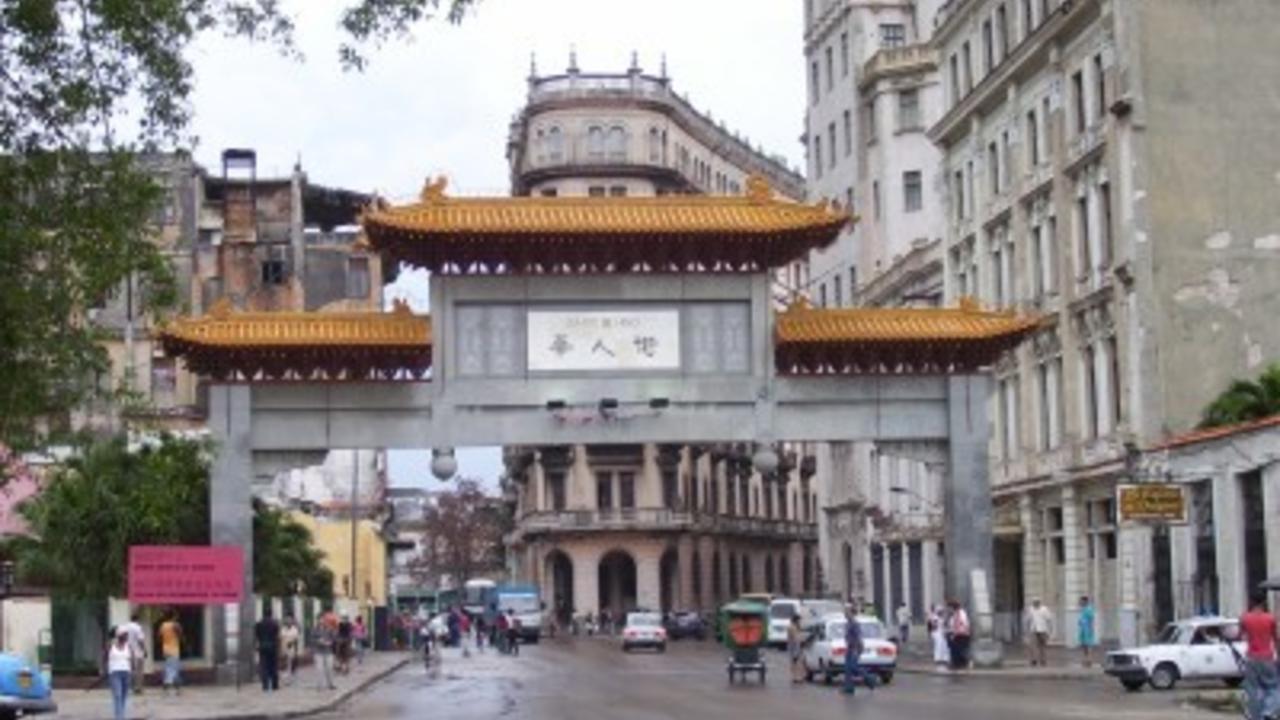December in Cuba: The Havana Film Festival

It is December. Winter is already upon us. Cold fronts cross the Gulf of Mexico and the Florida Straits, and hit Havana’s Malecon, or sea wall, creating an impressive spectacle of breaking waves, crashing against the Malecon and turning into foam.
December is also the time of year for movie lovers. The Havana Film Festival, or more properly, the International Festival of the New Latin American Cinema starts in the first week of December. This year it will be the 37th edition of the Festival, from December 3rd to the 13th.
23 feature films will be contesting for awards, and 3 more will be shown out of the contest, all from Latin America, or dealing with Latin American subjects. Also over 50 documentaries and short fiction films will be shown.
For the Cubans, it’s party time, but a party that is quite unique. It´s the opportunity for watching good quality cinema, maybe even pictures that will never be shown again on the screens or on TV. So everybody wants to go to the movies. Big cro...
Havana, Frozen in Time

Havana is absolutely beautiful. Such a classic and vintage city! As you walked down the street, the colorful vintage cars passed by on the street, more variety of colors in the buildings than ever, bicycles zooming by, and the smell of the ocean fills your nose! All of this “newer” city, taking almost 100 years to build, has been “frozen” since 1959. The city has received no maintenance, hardly even a paint job, for the last 50 years. There is truly a sense of cultural beauty without franchise name ads like McDonald’s, Starbucks, or KFC. Instead the shops and stores are all owned by “Ma and Pop stores”.
An example for when I say frozen, the old 1950s Philco refrigerators are still in use and working, old TVs, and even the fans. The architecture is absolutely phenomenal, with painted concrete columns and shading the sidewalks, so that you can walk for miles. The entire city, when you walk into any store, home, or restaurant, everything for the majority is from the 50s. Plus, there are ...
Havana, Cuba: City of Porches

Havana has been called a City of Porches. Located on the northern coast of the Big Island of Cuba, it is geographically on Latitude 23.14 North. This means the sun beats mercilessly upon its streets and squares. Why would any city be known for its’ porches?
Everybody has heard the expression “On the sunny side of the street”, with the meaning of being in a nice place. In Havana you’ll hear Cubans say, “Estar en la acera de los bobos”, or being on the fool’s side of the street, when you’re walking or standing on the sunny side of the street, because you have to be foolish to try to walk or stand in the hot tropical Sun.
With this being said, the Spanish colonists learned, and adapted from the Moorish architecture of Andalusia, in southern Spain, a way of building that favored anything that would provide shade. It came to be, that all principal buildings and mansions always had street front porches. Along commercial streets, all the porches fronting stores and other public establishmen...
Cuba – A Different World

When you travel to Cuba, you immediately know you´re travelling to a different World.
Before December 2014, it was all the paperwork, the permits, and all the restrictions about not spending your dollars. Most of these issues have been eased or minimized since then. Now you can even bring a bunch of legitimate Havana cigars, and enjoy them at home.
But still, there are very evident signs that you´ll be in a very different place, and you´ll notice as soon as you arrive at the airport for your flight to Cuba. Unless you´re flying in a privately chartered plane, not shared with other passengers, the first thing you´ll notice are the Cubans, and how different they are.
Why are these people carrying so much luggage? Every Cuban travelling back home, or to visit relatives, has to bring all sorts of things that are not available there, not even for people with plenty of money to spend. Hence, the extra duffel bags, or even cardboard boxes.
The second thing is how loud the Cubans are. Cuba...
Castillo de San Carlos de la Cabaña

Although the “Castillo de San Carlos de la Cabaña” never saw combat, and never fired its guns against an enemy, it is associated with very grim episodes of Cuban history.
It was, since its completion in 1774 until the later years of the 20th Century (circa 1985) a military fortress or barracks and a military prison. During the 19th Century the patriots that would rebel against Spanish colonial rule were executed in the moats of “La Cabaña”, particularly one part called the “Moat of Laurels”. Hundreds, if not thousands of Cuban patriots were shot or garroted between 1850 and 1898, most of them in that section of the moats.
In January 1959, after the dictator Fulgencio Batista fled Cuba, and the so-called “Ejército Constitucional”, Constitutional Army, which had, in effect trampled over the Constitution since the military coup of 1952, collapsed and surrendered to Fidel Castro’s guerilla army, the “Ejército Rebelde”, The rebel commander Ernesto “Che” Guevara was ordered to capture “La ...
Barrio China: Havana’s Chinatown

Havana is a city almost 500 years old. There is a lot of history on every street. Every “barrio” or neighborhood has stories to tell, and secrets to be discovered by the curious visitor.
One of the most unique and interesting is the Barrio Chino, Chinatown. Located in a triangular area, bound by the streets of Zanja, Galiano, and Dragones, it is now only a fraction of what it was 50 years ago, in its heyday. However, the government selected this barrio to be kind of a showcase, or pilot program regarding the return of small private businesses, mostly cafeterias and restaurants, after the collapse of the Soviet Union, when the Cuban economy tanked.
Under the sponsorship of the Grupo Promotor del Barrio Chino (Chinatown Promotion Group), new businesses have opened, and old ones have changed their style to a better service oriented economy. The finest of Cuban-Chinese cuisine can be found at the many restaurants that thrive in Barrio Chino.
The first restaurants established in the Barr...
